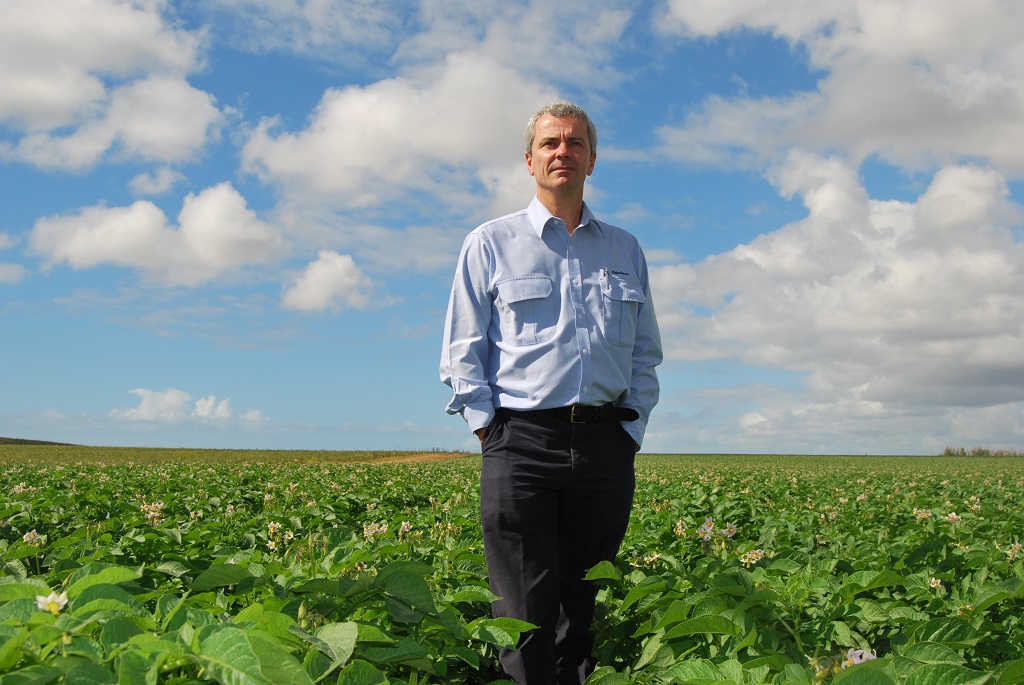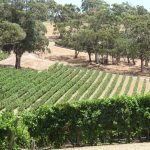Rabobank Australia CEO Peter Knoblanche. Image courtesy Rabobank
The ‘rise and rise’ of input costs and fallout from the war in Ukraine are weighing on sentiment in Australia’s agricultural sector, with producer confidence declining in the latest quarter.
Results of the quarter two Rabobank Rural Confidence Survey reveal optimism about high agricultural commodity prices has been reined in by the increasing cost of vital farm inputs such as fertiliser, fuel, freight and machinery and broader inflationary pressures in the Australian economy.
In addition, the latest survey reveals 50 per cent of Australian producers believe the ongoing conflict between Russia and Ukraine will have a negative impact on farm businesses, while 25 per cent expect the effect could be positive.
While income projections for the 12 months ahead remain stable, the number of producers looking to increase investment has declined slightly this quarter.
The latest survey, completed last month, found 28 per cent of Australia’s producers now expect business conditions to improve in the coming 12 months (down slightly from 31 per cent with that view in the previous quarter), while 16 per cent are anticipating a deterioration (from 14 per cent previously).
More than half (53 per cent) of respondents expect business conditions to remain stable in the year ahead. This marks three consecutive quarterly declines in net rural confidence and brings farmer sentiment back to levels last seen in June 2020, after the first pandemic lockdown.
Rabobank Australia CEO Peter Knoblanche said producers had been enjoying high agricultural commodity prices and generally-excellent seasonal conditions in many parts of the country for more than two years, but many in the sector were now facing considerable margin pressure with input costs rising on all fronts.
“The benefits of those investments are certainly helping farmers create some efficiencies, but the cost pressure is not easing and producers definitely need those higher commodity prices in order to meet rising input costs,” he said.
The latest survey found the expectation of rising commodity prices remains the main driver of optimism among respondents with a positive outlook, while 62 per cent of those expecting conditions to deteriorate cited rising input costs as a key cause for concern, ahead of falling commodity prices (27 per cent), overseas markets (15 per cent) and labour shortages (nine per cent).
Knoblanche said the Russia-Ukraine war was also hanging over the sector, with its impacts on key inputs of fuel and fertiliser sending prices for both skyrocketing, cutting farmer margins in a range of sectors.
“It is undoubtedly exacerbating many of the cost and supply issues which were already in play last year,” he said.
“But for some sectors, especially grains, we are seeing the conflict impact global supply and push prices higher, and also deliver higher local prices with strong demand for Australian grain as the world turns to our producers to help meet critical food needs.
“But as the next round of EU sanctions come into force, there is a lot of caution among farmers about what this will mean for the longer term, which is flowing through to lower levels of optimism.”
This quarter, producers were specifically asked their views about the impacts of the war in Ukraine on agribusiness.
Of the 50 per cent believing it would have a negative or very negative effect on their farm business, the main concerns were in relation to higher fuel prices (cited by 49 per cent) and increased costs for inputs including fertiliser and freight (cited by 61 per cent).
The 25 per cent who believed it would have positive market impacts said this would be primarily in maintaining high commodity prices and affecting supply/demand. This view was strongest in the grain sector.
While fewer respondents were looking forward to higher incomes in the year ahead, 43 per cent were forecasting their gross incomes would stay at current strong levels.
Are you a Daily Wine News subscriber? If not, click here to join our mailing list. It’s free!
















